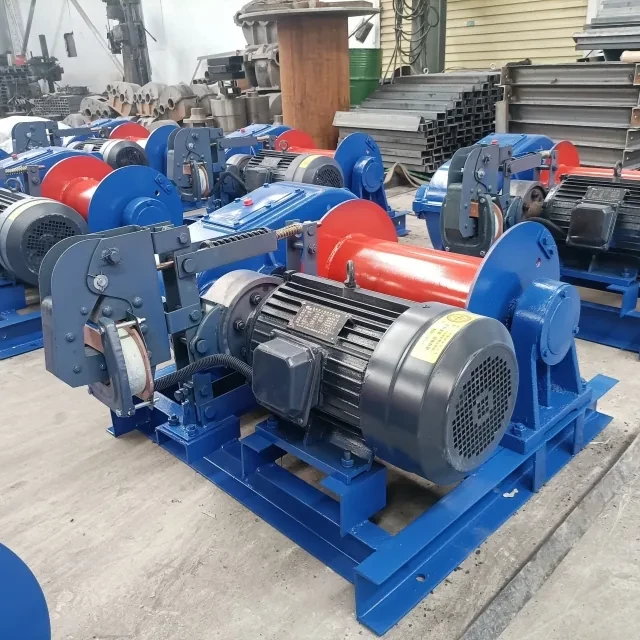Construction hoists are workhorses of vertical transportation, but resonance-induced noise remains a persistent challenge. This article reveals actionable engineering methods to suppress vibration noise at its source—through smarter chassis design.
Fundamentals of Noise Generation in Hoist Chassis
Resonance transforms minor vibrations into disruptive noise when structural weaknesses meet operational frequencies. Two primary culprits emerge:
1. Structural Rigidity Discontinuities and Resonance Triggers
- Welding junctions create stiffness variations that amplify specific frequency bands (e.g., 80–200Hz ranges common in hoist operations).
-
Bolt-on components like motor mounts often introduce micro-gaps that "ring" under load.
Ever noticed how a poorly secured ladder rattles louder over time? Chassis components behave similarly when rigidity isn’t uniform.
2. Material Limitations in Vibration Energy Dissipation
- Standard carbon steel dissipates only ~3% of vibrational energy—the rest propagates as noise.
- Thin-walled sections (under 6mm) are particularly prone to harmonic oscillations.
Engineering Strategies for Noise Mitigation
1. Welding Techniques to Enhance Structural Continuity
- Continuous seam welding reduces stiffness jumps by 40% compared to stitch welding (per ASTM E976 standards).
-
Post-weld heat treatment relieves internal stresses that contribute to resonant "hot spots."
Think of it like tuning a guitar—consistent tension across all strings prevents discordant vibrations.
2. Material Hybridization with Vibration-Damping Composites
- Sandwich panels with viscoelastic cores (e.g., polyurethane between steel layers) attenuate 15–30dB in critical 100–500Hz ranges.
- Constraint-layer damping foils applied to high-vibration zones can cut noise by up to 50%.
Case Validation and Industry Best Practices
1. Resonance Frequency Detection and Adjustment Workflows
- Impact hammer testing identifies natural frequencies before operational loads compound the issue.
- Finite element analysis (FEA) predicts how design modifications shift resonance profiles.
2. Benchmarking Noise Reduction in Modular Chassis Designs
-
Garlway’s winch-integrated chassis demonstrate 28% lower noise emissions through:
- Monolithic baseplates with tapered edges
- Rubber-isolated component bays
- Modular vs. welded designs: Modular units average 4dB quieter but require stricter tolerance controls.
Conclusion: Building Silence into Your Hoist’s DNA
Noise reduction starts with treating the chassis as a complete vibrational ecosystem—not just a structural frame. Implement these steps for measurable improvements:
- Map resonance profiles before finalizing designs
- Prioritize material hybrids over single-metal constructions
- Validate with real-world testing beyond theoretical models
For equipment that embodies these principles, explore Garlway’s vibration-optimized construction machinery—engineered to perform as quietly as it does powerfully.
Related Products
- Commercial Construction Mixer Machine for Soil Cement Mixing Concrete
- Electric Hoist Winch Boat Anchor Windlass for Marine Applications
- Portable Concrete Mixer Machine Equipment for Mixing Concrete
- Portable Small Trailer Winch
- Hydraulic Concrete Mixer Machine Cement Mixing Equipment for Mixture Concrete
Related Articles
- How to Test Concrete Mixer Brake Systems for Optimal Safety and Compliance
- How Concrete Mixers Achieve Perfect Homogeneity for Stronger Structures
- How to Choose Concrete Mixers for Long-Term Reliability and Cost Savings
- How to Choose the Right Concrete Type for Every Construction Challenge
- Optimizing Concrete Mixer Safety: How Proactive Tire and Suspension Maintenance Prevents Catastrophic Failures



















